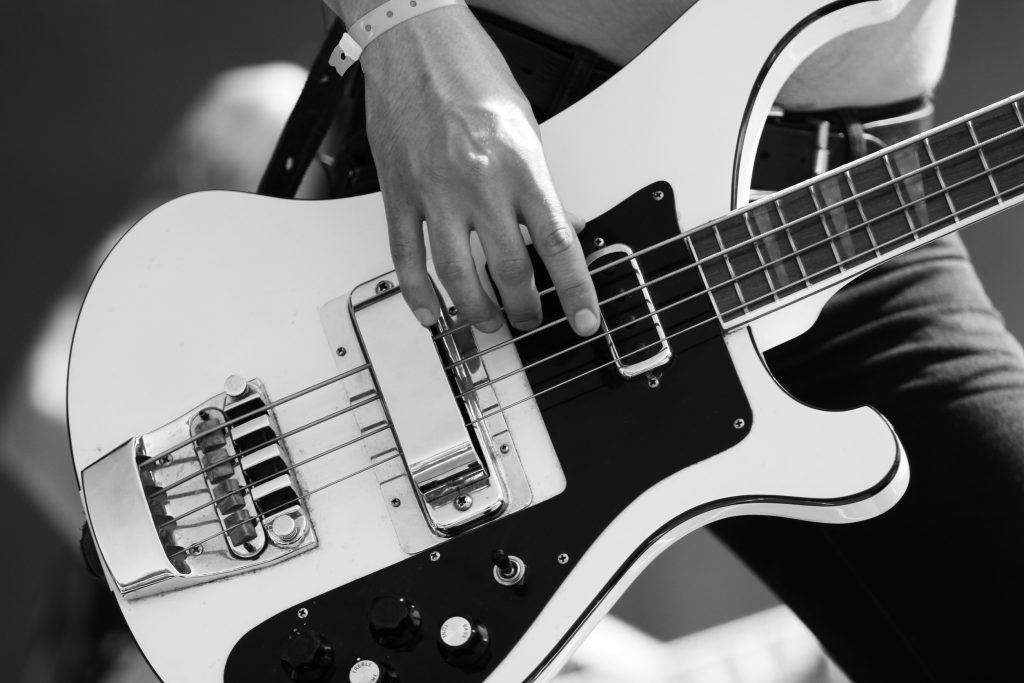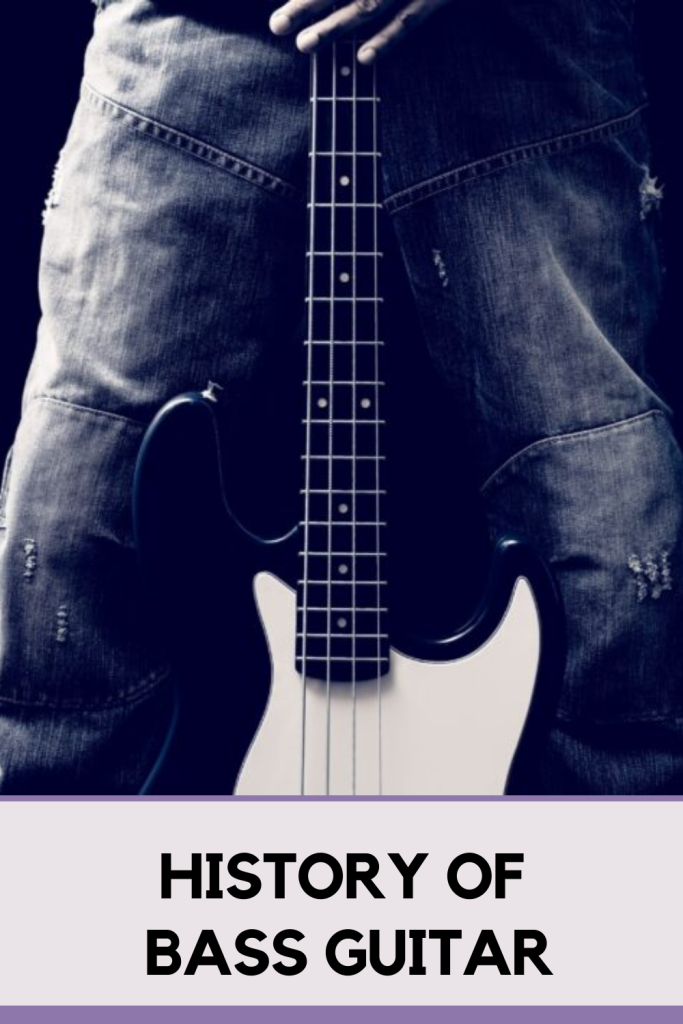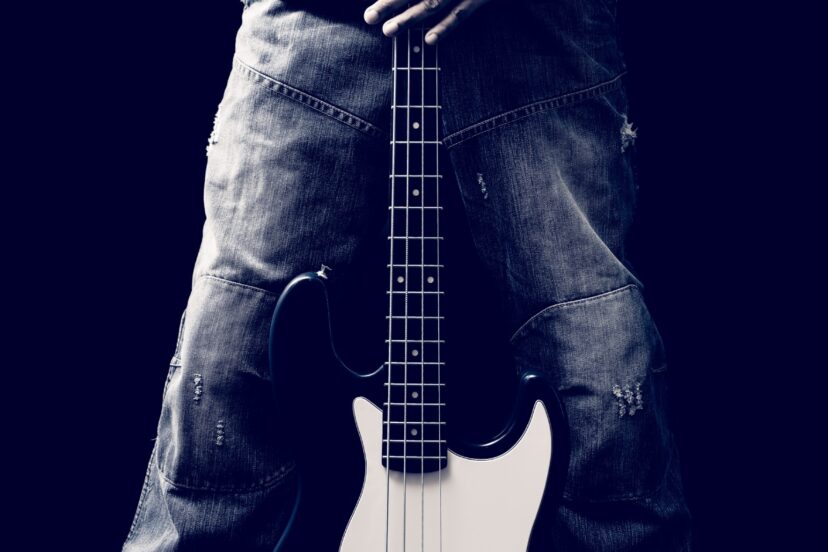History of Bass Guitar
Introduction
As a bassist, I always love to talk about the rich history of the bass guitar. It has a unique place in music history of all styles.
The Genesis of the Bass Guitar
Invention and Early Development
Ever wondered how the bass guitar came to be? It’s like a fascinating journey down a rabbit hole filled with innovation. So lets dig in and uncover some things you may have not known.
Adoption in Popular Music
The bass guitar didn’t just appear in popular music; it invaded it. It’s like the silent, rhythmic revolution you never knew about. I’m sure you would like to know more.
Evolution of the Bass Guitar in the 20th Century
The Introduction of Electric Bass
The electric bass changed everything. It’s like the discovery of fire in the world of bass guitar. Do you feel the spark yet?
The Role of Bass in Rock and Roll
Bass and Rock ‘n Roll, a match made in heaven. It’s like the heartbeat of the most rebellious music genre ever. Can you feel the rhythm?
Iconic Bass Guitars and Their Players
Fender Precision Bass
The Fender Precision Bass, often shortened to P-Bass, has been the beacon of reliability and simplicity for bassists since its inception. Introduced in 1951 by Leo Fender, this instrument revolutionized the music world and set a new standard for electric bass guitars.
The P-Bass, with its balanced tone and solid build, has been the go-to bass for countless artists across diverse music genres. It derived its name “Precision” from the fretted neck which allowed bassists to play with ‘precision’. This marked a departure from the conventional double bass that was fretless and more challenging to play accurately.
Crafted with a contoured body design, the P-Bass was the first of its kind to offer bassists a comfortable playing experience. The design, along with its split-coil pickup, has been instrumental in delivering a warm and punchy tone, with a notable midrange presence that sits perfectly in a band mix.
The original P-Bass was equipped with a single-coil pickup but was redesigned in 1957 to feature a split-coil pickup. This not only enhanced its tonal character but also significantly reduced the hum typically associated with single-coil pickups. The simple tone and volume controls offered players a straightforward yet versatile approach to shaping their sound.
Throughout the decades, the P-Bass has undergone various iterations, yet it has maintained its fundamental design and classic tone. Its iconic sunburst finish, combined with a maple or rosewood fingerboard, has become a quintessential image in the music industry.
Artists like James Jamerson, Roger Waters, and Pino Palladino have elevated the status of the P-Bass, pushing the boundaries of its sonic possibilities. Today, whether you’re playing punk, jazz, country, or pop, the Fender Precision Bass stands as a testament to versatility and reliability, making it a genuine ’57 Chevy of the bass world.
Gibson EB-3
The Gibson EB-3, with its distinct tone and look, has had an illustrious run in the world of bass guitars. Introduced in 1961 by the renowned American instrument manufacturer Gibson, it quickly became a favorite among many rock bassists, owing much of its fame to Jack Bruce of Cream, who favored its versatile sound.
The EB-3 is a true embodiment of Gibson’s craftsmanship. The mahogany body and neck, along with a rosewood fingerboard, give the instrument a warm, rich tonality. Its dual pickups – a humbucker at the neck and a mini-humbucker at the bridge – produce a robust and diverse range of sounds, from deep, resonant lows to crisp, punchy mids and highs.
Adding to its tonal versatility is the four-way rotary switch, providing a selection between both pickups or isolating each one, as well as a setting for low-frequency rumble, which Gibson fittingly named the “Baritone” setting.
Furthermore, the Gibson EB-3 is just as appealing to the eye as it is to the ear. Its elegant double-cutaway design not only allows easy access to the upper frets but also contributes to the guitar’s overall vintage aesthetic. The cherry finish, the trapezoid inlays on the fretboard, and the distinctive slotted headstock all add to its visual charm.
Over the years, the Gibson EB-3 has left an indelible mark on the music industry, being played by a host of famous bassists like Bill Wyman of The Rolling Stones, Andy Fraser of Free, and Geezer Butler of Black Sabbath. Its signature tone and distinctive look continue to inspire many, making it an iconic piece in the history of bass guitars.

Rickenbacker 4001
If there’s one bass that visually and audibly stands out in the realm of bass guitars, it’s the Rickenbacker 4001. Introduced in 1961, the Rickenbacker 4001 soon became a highly coveted instrument, thanks to its unique design, sonic attributes, and the legendary musicians who embraced it.
The Rickenbacker 4001 is a delight for bassists seeking a rich, punchy, and growling tone. Crafted from high-quality maple and equipped with two high-gain pickups, the 4001 can easily navigate between warm, rounded sounds and aggressive, biting tones.
This instrument’s design aesthetics also set it apart. With its striking ‘cresting wave’ body shape, distinctive headstock, and elegant neck-through construction, the 4001 is as much a visual treat as it is a sonic powerhouse. The renowned ‘Ric-O-Sound’ output, which allows for separate signal routing from each pickup, is another distinct feature that contributes to its wide-ranging tonal capabilities.
But the Rickenbacker 4001’s reputation isn’t only about its sounds and looks; it’s also about the artists who wielded it. The late Chris Squire of Yes was one of its most famous exponents, exploiting the 4001’s distinctive tonal palette to drive his band’s progressive soundscapes. Paul McCartney, of The Beatles fame, and Geddy Lee of Rush also used the 4001, further cementing its status in the music world.
Over the years, the Rickenbacker 4001 has evolved into the 4003 model, which retains many of the features that made the original 4001 so iconic while introducing improvements for modern players. However, the 4001 remains a revered classic, and its contribution to the landscape of bass guitars is indisputable. I had to have a black one I bought new in 1979 because my bass hero Geddy Lee of Rush played one.

The Rise of Extended-Range Bass Guitars
5-string and 6-string Bass Guitars
More strings, more possibilities! It’s like giving a painter a larger canvas and more colors. I tend to stick with a four sting but many players like to extended range in sound.
Fretless Bass Guitars
Fretless bass guitars are the wild stallions of the bass world. It’s like playing on a tightrope, thrilling yet liberating. They also can provide a unique sound that is hard to duplicate with their fretted brother. I think they are a real joy to play.
Modern Bass Guitar and its Future
New Tech Innovations
Innovation is reshaping the bass guitar. It’s like a phoenix rising from its ashes, ever-evolving and dazzling.
The Expanding Role of Bass in Music
The bass guitar is stepping into the limelight like never before. It’s like a supporting actor turning into a superstar.
Conclusion
The history of bass guitar is a fascinating journey of innovation, revolution, and rhythm. Whether you’re a player or a listener, it’s a journey worth appreciating. So, get ready to groove to the history of the bass.
FAQs
Q: Who is considered the first bass guitarist?
A: Paul Tutmarc is often credited with creating the first electric bass guitar in the 1930s.
Q: How has the role of the bass guitar evolved in music?
A: Initially a rhythm instrument, the bass guitar has expanded its role to include melody and harmony.
Q: What are some iconic bass guitar models?
A: The Fender Precision Bass, Rickenbacker 4001, and Gibson EB-3 are some of the most iconic bass guitars.
Q: What are extended-range bass guitars?
A: Extended-range bass guitars have more than the traditional four strings, often five or six, allowing for a greater range of pitch.
Q: What’s the future of the bass guitar?
A: With the advent of new technologies, the future of the bass guitar is likely to see more innovations, expanding its role and sound possibilities in music.




